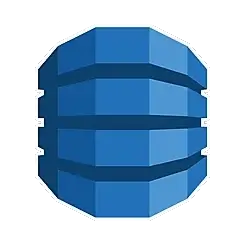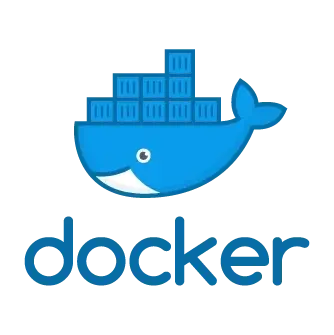How Devessence built a custom AWS-based web platform for Siemens Gamesa to digitize wind turbine inspections – automating PDF parsing, defect tagging, and data search.
Product
Web platform for wind turbines internal blade inspection
Vertical
Wind energy
Client
Siemens Gamesa Renewable Energy S.A.
Buyer persona
Subcontractor responsible for the blade inspection solution
Provided services
Application development, AWS configuration
Technology
.NET Framework, .NET Core, Angular, AWS, 3S Buckets, DynamoDB, Docker Container, Lambda Function
The Challenge
Wind turbine blades are massive and intricate structures; they require rigorous internal inspections. At Siemens Gamesa Renewable Energy (SGRE), these inspections were documented manually in lengthy PDF reports.
Each report included images, technical annotations, damage rankings, and conclusions, but the format lacked consistency. All these led to:
– Technicians spent hours or days reviewing individual blade reports.
– There was no central database for filtering or tracking recurring issues.
– Exporting data for analysis or audits required time-consuming manual work.
SGRE needed to eliminate inefficiencies and set the foundation for long-term innovation. So, our goal was to digitize and streamline the entire inspection reporting process, without compromising data quality or technician workflows.
The Objective: From Static PDFs to Smart, Searchable Insights
To modernize inspections, SGRE sought a centralized, cloud-based solution that could:
– Parse and process thousands of PDF reports automatically.
– Extract and store both text and image data.
– Enable technicians to review, annotate, and categorize defects.
– Make historical inspection data searchable and filterable.
– Prepare for AI-driven defect recognition in the future.

The Solution: A Custom-Built, Serverless Web Platform
To address these needs, we developed a full-scale web platform hosted entirely in the cloud. The system was designed using a modern tech stack:
– Frontend: Angular.
– Backend: .NET Core.
– Infrastructure: AWS Lambda, S3, DynamoDB, Docker.
Here’s how the process works
1. Automated PDF upload and parsing
When a technician uploads a report to an Amazon S3 bucket, a Lambda function is automatically triggered. The report is parsed using a custom-built PDF extractor that separates image data (such as blade photos) and text data (damage descriptions, rankings, etc.).
2. Structured storage and categorization
– Extracted images are stored in S3.
– Extracted text is indexed and saved in DynamoDB.
– A relational mapping keeps image-text pairs tied to the correct blade and inspection date.
3. Technician review and annotation
Engineers can browse and review each report using the web app to identify key details. They can tag defects according to the damage type, ensuring all issues are categorized appropriately.
They prioritize the most critical concerns by ranking severity based on a standardized scale. Additionally, engineers can leave notes or finalize inspection conclusions to document their findings and provide a clear overview of the inspection process.
4. Advanced search and analytics
The system enables users to filter data based on blade model, location, defect type, and other criteria. It also allows for comparison of current and historical damage levels, providing valuable insights into trends. Additionally, users can export structured data for further analysis or dashboarding, streamlining decision-making and reporting.
The Results: Faster Workflows, Better Decisions, Scalable Future
This custom platform not only improved SGRE’s reporting but also fundamentally changed how blade inspection data is now managed and used.
Key benefits include:
Drastic time savings. What once took days now takes minutes.
Improved data quality. Standardized metadata supports better analysis.
Historical context. Technicians can instantly view patterns over time.
ML-ready architecture. Structured, searchable data supports ongoing efforts to train AI models on 50,000+ blade reports spanning two decades
Our client now has a robust, scalable solution that helps them maintain the quality and safety of their wind turbines more efficiently. And with plans to integrate machine learning, the platform is poised to become a core part of their predictive maintenance strategy, reducing downtime, cutting costs, and driving innovation in renewable energy.
Tech Stack

.NET Framework

.NET Core

Angular

AWS

DynamoDB

Docker Container